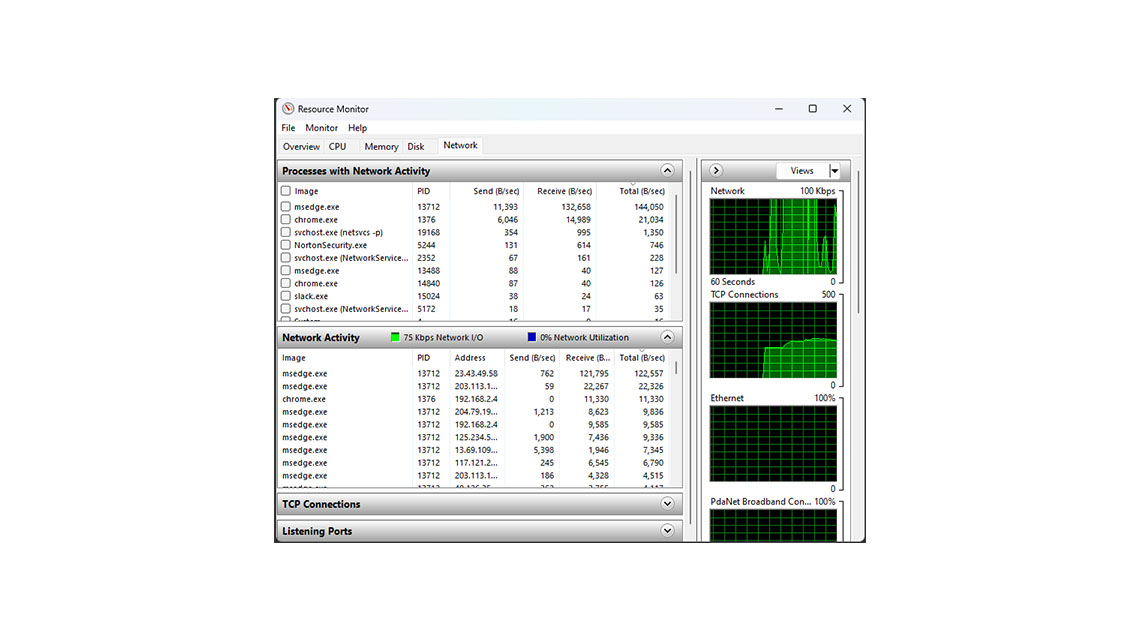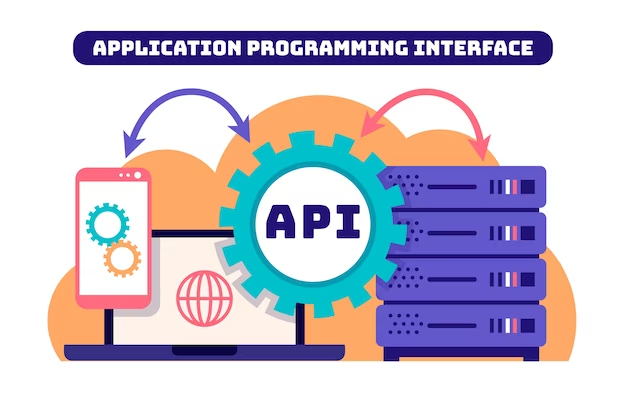This informative piece from Saigon Technology delves deeply into the core principles of performance testing and efficient use of resources. It sheds light on essential tactics for maximizing resource efficiency, tackles prevalent difficulties, and presents recommended practices, all supported with real-world instances and relevant tools.
I. What is Resource Utilization In Performance Test?
Resource Utilization refers to the effective usage and allocation of various resources of the system such as CPU, memory, network bandwidth, and storage space to perform an operation.
The purpose of measuring resource utilization is to identify performance bottlenecks and optimize resource usage to improve the overall performance of the application. This optimization process is critical in ensuring that performance tests yield accurate and reliable results, as well as identifying potential bottlenecks to ensure that the system can handle expected workloads.
II. Why Is The Resource Utilization Important?
Because of several benefits as below:
- Optimizing resource utilization can help performance of the application better by reducing the performance bottlenecks, improving the response time faster, and reducing the downtime of system resources.
- Optimizing resource utilization can help reduce the number of resources required to run an application, resulting in cost savings on infrastructure, maintenance, and energy costs.
- By optimizing resource utilization, an application can better handle higher user loads and scale to meet future demand without requiring additional resources.
- Optimizing resource utilization can help ensure that an application is reliable and stable under varying loads, reducing the risk of crashes or system failures.
- By optimizing resource utilization, an application can provide a more consistent and reliable user experience, resulting in higher user satisfaction and engagement.
III. How To Optimize Resource Utilization?
To optimize the resource utilization, the performance engineer can apply some below strategies:
- Test Early and Often is to help detect the performance issues early on and prevent them from becoming major problems down the line.
- Monitor Resource Usage during performance testing is to detect the areas of high resource consumption, optimize resource allocation and prevent over-provisioning of resources.
- Use Realistic Scenarios that accurately simulate user behavior and workload patterns is to identify performance issues under real-world conditions and optimize resource utilization accordingly.
- Use Virtualization Technologies to create multiple test environments on a single physical machine is to help maximize resource utilization and reduce hardware costs.
- Optimize Code includes many techniques such as caching, reducing unnecessary database queries, and optimizing algorithms.
- Consider Using Cloud-Based Testing Services that provide on-demand access to scalable computing resources help optimize resource utilization by dynamically allocating resources based on demand.
In addition, performance engineers frequently monitor various factors to identify potential performance issues and optimize resource utilization:
- Workload: such as the number of concurrent users, the types of requests being made, and the volume of data being processed.
- System Configuration: including hardware specifications, network bandwidth, and operating system settings.
- Software Architecture: including the use of caching, load balancing, and other optimization techniques.
- Environment: such as the network topology, firewalls, and other security measures.
- Data Volume: including the size of the database, the number of files being processed, and the size of data being transferred over the network.
IV. Best Practices For Optimizing Resource Utilization
-
Common challenges of optimizing resource utilization:
- Identifying the right set of resources to monitor and analyze based on the system under test and performance objectives.
- Balancing the trade-off between resource utilization and system performance – optimizing one may negatively impact the other.
- Dealing with intermittent performance issues or spikes in resource utilization that may be difficult to reproduce or diagnose.
- Scaling up or down resources dynamically based on changing workload or system demands.
- Managing the complexity of distributed systems and cloud environments, where resources may be distributed across multiple servers, containers, or instances.
- Ensuring that resource utilization is consistent and repeatable across multiple test runs and environments.
- Integrating resource monitoring and analysis tools with other performance testing tools and frameworks.
-
Best practices for optimizing resource utilization:
- Identify resource-intensive transactions: The first step in optimizing resource utilization is to identify transactions that consume a significant amount of resources. Once these transactions are identified, developers can analyze the code and optimize it to reduce the resource consumption.
- Optimize Resource Usage: Optimizing resource usage involves identifying areas where resources are being wasted or underutilized and optimizing them for better performance.
- Use caching: Caching is a technique used to store frequently accessed data in memory, which reduces the load on the database and improves performance. By implementing caching, developers can optimize resource utilization and improve the overall performance of the system.
- Monitor resource usage: Monitoring resource usage during performance testing is crucial to identify bottlenecks and optimize resource utilization. Developers can use tools such as monitoring software, profiling tools, and performance counters to track resource usage and identify areas that need improvement.
- Conduct Regular Performance Testing: Conducting regular performance testing can help identify performance bottlenecks and inefficiencies in an application’s resource usage and allow developers to optimize resource usage over time.
- Use Realistic Load Scenarios: Using realistic load scenarios that reflect real-world usage can help ensure that resource utilization testing accurately reflects expected usage.
-
Available tools to measure resource utilization:
- Performance Monitor: is a built-in tool in the Windows operating system that provides real-time monitoring of system resources such as CPU, memory, disk, and network usage. It can be used to collect and analyze data during performance testing.
- JMeter: is an open-source tool that is widely used for performance test of the web applications. It includes built-in plugins that allow for the monitoring of system resources, including CPU usage, memory usage, and network usage.
- LoadRunner: is a commercial performance testing tool that includes built-in monitoring capabilities for system resources such as CPU, memory, disk I/O, and network usage. It also includes analysis tools for identifying performance bottlenecks.
- Gatling: is another open-source tool used for performance testing of web applications. It includes built-in plugins for monitoring system resources such as CPU and memory usage.
- New Relic: is a cloud-based tool that provides real-time monitoring of system resources, including CPU, memory, and network usage. It can be integrated with performance testing tools to provide detailed insights into resource utilization during performance testing.
V. Conclusion
Resource utilization testing is critical for ensuring that an application can handle expected user loads efficiently and scale to meet future growth or demand. By using monitoring tools, profiling tools, and load testing, developers can measure an application’s resource utilization and identify performance bottlenecks and inefficiencies. By following best practices such as identifying resource-intensive areas, optimizing resource usage, conducting regular performance testing, and using realistic load scenarios, developers can optimize an application’s resource utilization and deliver high-performing applications that meet the needs of their users.
References
- ISTQB Certified Tester Foundation Level Specialist.
- ISO 25010 quality management








